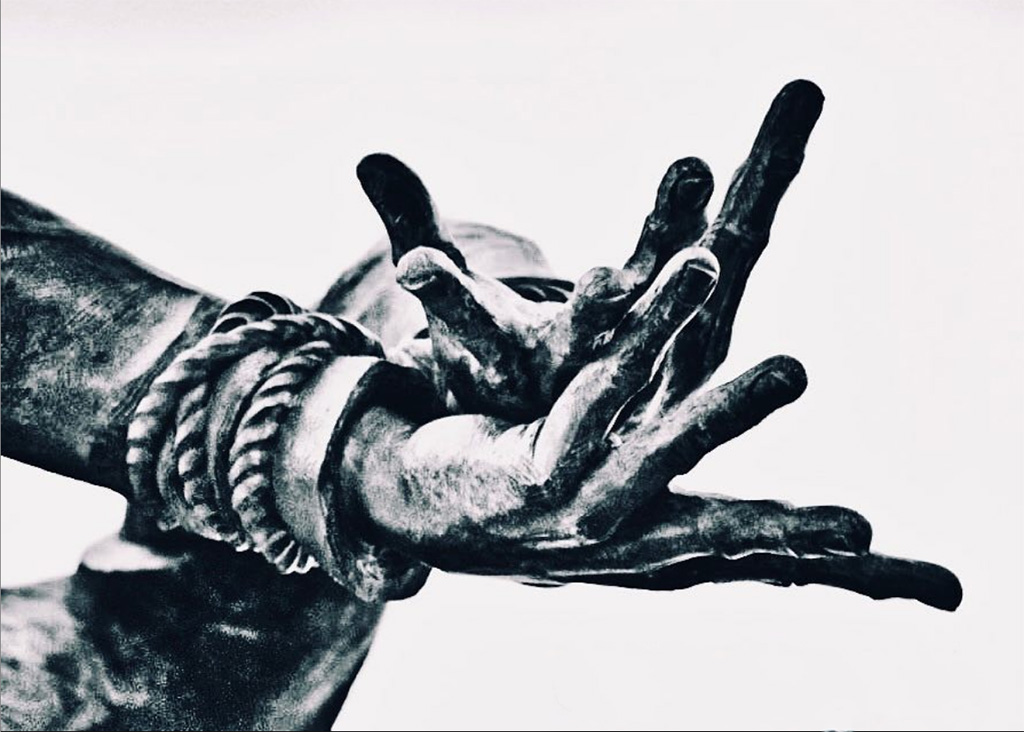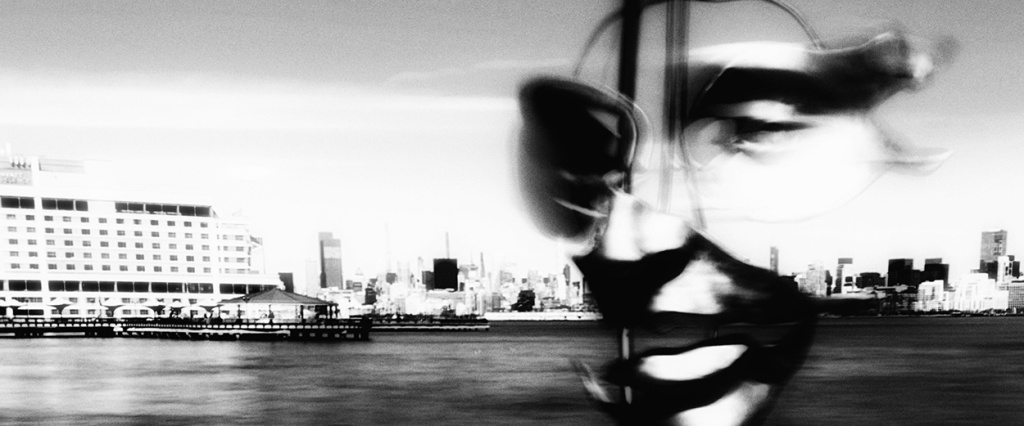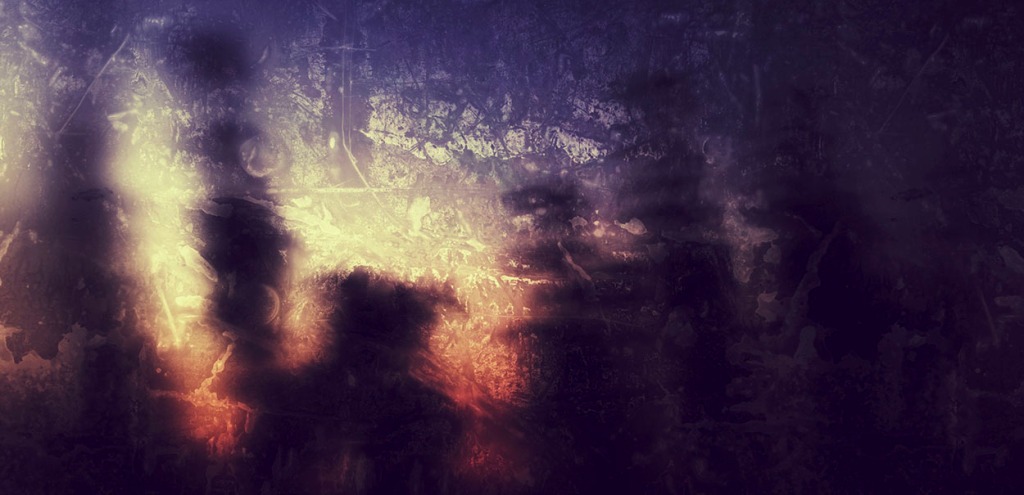Bokeh and the Bokeh Master
Attend any workshop or photography class with Nikon Ambassador Vincent Versace and you’ll learn not only about photography in general, black-and-white photography in particular and even printing your own images, but also about bokeh and the correct way to pronounce the word, bokeh.
What is bokeh?
Bokeh depends on various lens characteristics:
As many might already know, the word “bokeh” comes from the Japanese word, “boke,” which means blur. In photography, bokeh basically refers to the way the lens renders an out-of-focus background…or foreground. More often than not, bokeh becomes a subject of interest when photographing at wide apertures–f/2.8, f/1.8, f/1.4, etc.

-the type of lens (telephoto, wide, etc)
-the aperture (again, shooting wide open can render interesting, pleasant bokeh)
-the design of the aperture, as in the number of aperture blades, for example
More often than not, when we talk about bokeh, we refer to background bokeh.
The new Sigma 105mm f/1.4 is dubbed “the bokeh master” for the beautiful, very pleasant bokeh it can create. Here’s an example of a bokeh created with the Sigma 105mm f/1.4. The image was shot at f/1.4, capturing the Christmas tree light(s) reflections in the window. The shape of the bokeh changes just slightly, from round, closer to the center of the image frame, to oval a.k.a. cat’s eye bokeh, closer to the edge of the frame. Photographed up close, a certain texture appears in the white lights associated with the bokeh. That’s what’s known as onion-skin bokeh. [Note: to minimize or eliminate the onion-skin bokeh (the texture), try to clean the lens before photographing.]
Here’s another example:

In this image, the white lights–the cat’s eye bokeh around the flower–are holiday lights outside the window. The round, orange light in the center, above the flower, represents one of the headlights of a car.
Here’s another example of Sigma 105mm f/1.4 bokeh:

And yet another example, here showing bokeh not only in the background but also in the foreground (bottom of the image frame):

Why is bokeh important and why should we, as photographers, care about it? Bokeh can help create an interesting, pleasant background, or foreground, or become the subject. Bokeh can also add to the look, mood, and ultimately our artist’s voice, if we let it or choose to.
More on bokeh in an upcoming post. Until then and as always, thanks for stopping by!





Leave a comment